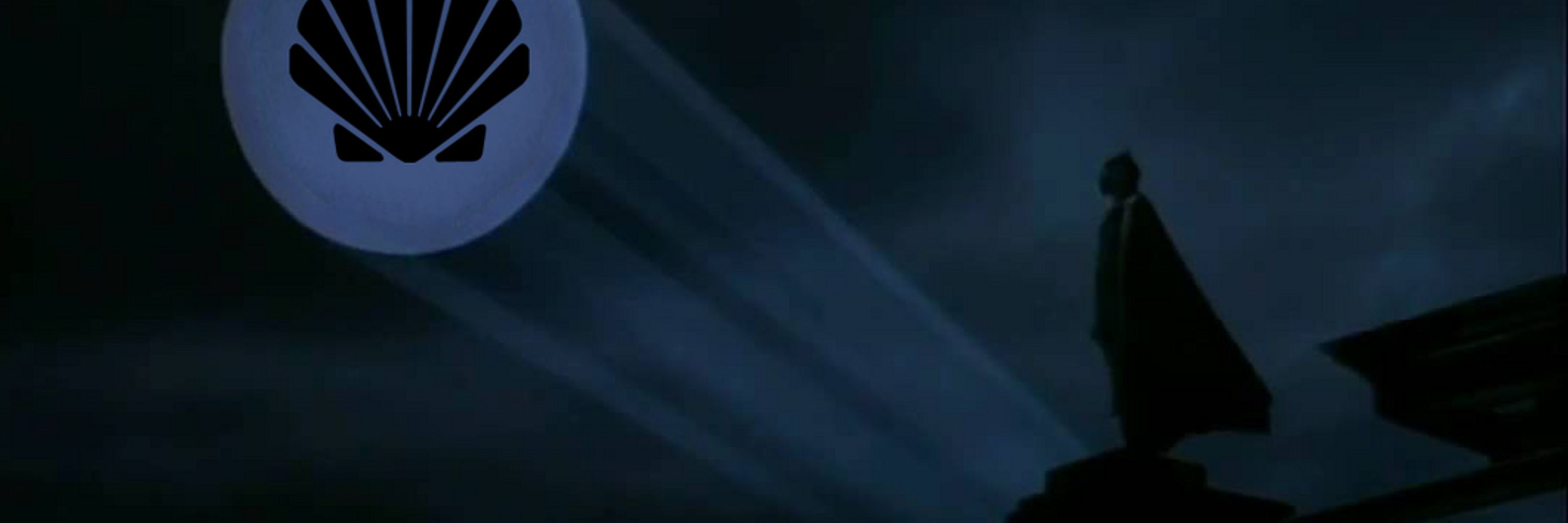Dr. Dan Killam
@dantheclamman.scicomm.xyz.ap.brid.gy
18 followers
1 following
150 posts
Environmental scientist and eclamgelist
Provider of #ClamFacts
[bridged from https://scicomm.xyz/@dantheclamman on the fediverse by https://fed.brid.gy/ ]
Posts
Media
Videos
Starter Packs
Reposted by Dr. Dan Killam
Reposted by Dr. Dan Killam
Reposted by Dr. Dan Killam










